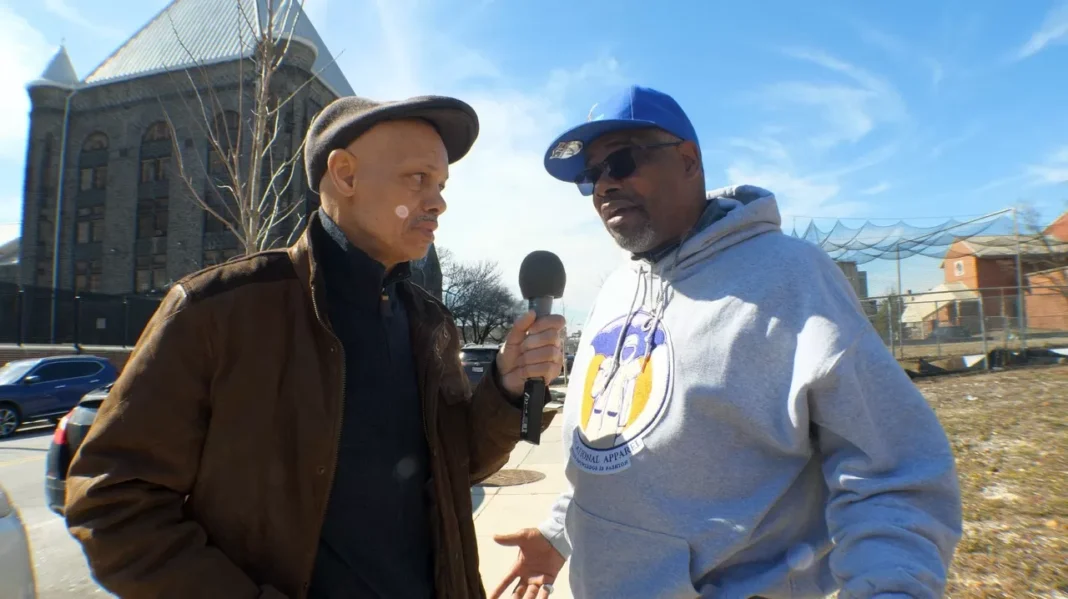The Second Look Act is a revolutionary piece of legislation that has the potential to change the lives of countless incarcerated individuals. This act would empower judges to revisit sentences of those who have served more than 20 years behind bars and determine if their time served warrants a reduction in their sentence. This act is a step towards achieving a more equitable and humane criminal justice system.
Currently, there are over 2 million people incarcerated in the United States, and this number is only rising. Many of these individuals have been behind bars for decades, some even serving life sentences. The Second Look Act recognizes that after a certain amount of time, individuals have served their punishment and deserve a second chance. It aims to address the issue of mass incarceration and give hope to those who have been incarcerated for decades.
One of the key benefits of the Second Look Act is the power it gives to judges to reconsider sentences. Judges are in the best position to evaluate whether an individual has been rehabilitated and is ready to re-enter society. With the current system, individuals often have to wait for parole boards to review their cases, which can be a frustrating and lengthy process. The Second Look Act would allow judges to take immediate action and make a decision based on the individual’s progress and conduct while incarcerated.
Moreover, this act acknowledges the fact that people can change and that there is potential for growth and rehabilitation even after serving a long sentence. It also recognizes that long-term incarceration can have a detrimental impact on individuals and their families. By allowing judges to reduce sentences for those who have served over 20 years, the Second Look Act creates a pathway for individuals to return to their communities and contribute positively to society.
The benefits of the Second Look Act are not only limited to the individuals who have been incarcerated for decades. It also has a positive impact on society as a whole. By reducing sentences, the act would reduce the burden on the prison system and save taxpayers’ money. It would also allow individuals to return to their families and communities, with the potential to become productive members of society. Research has shown that longer sentences do not necessarily equal a reduction in crime rates, but rather, effective rehabilitation and reintegration into society do.
Additionally, the Second Look Act would address some of the existing racial and socioeconomic disparities in our criminal justice system. People of color and those from low-income communities are disproportionately impacted by mass incarceration, and this act would provide an opportunity to address this issue. By empowering judges to review sentences, the act would create a more fair and just system for all individuals.
It is important to note that the Second Look Act is not a get-out-of-jail-free card. The act does not automatically guarantee a reduction in sentences for those who have served over 20 years. The decision still lies with the judges, who will consider various factors such as the severity of the crime, the individual’s conduct while incarcerated, and the risk they may pose to society upon release. This fact ensures that public safety remains a top priority while also giving individuals a chance to return to society.
In conclusion, the Second Look Act is a crucial step towards a more equitable and effective criminal justice system. It recognizes the humanity and potential for growth in individuals who have been incarcerated for decades and gives them a second chance at life. By empowering judges to review sentences, the act creates an opportunity for positive change and addresses the issue of mass incarceration in our country. It is time for our justice system to evolve and prioritize rehabilitation over punishment, and the Second Look Act is a significant step in the right direction.


